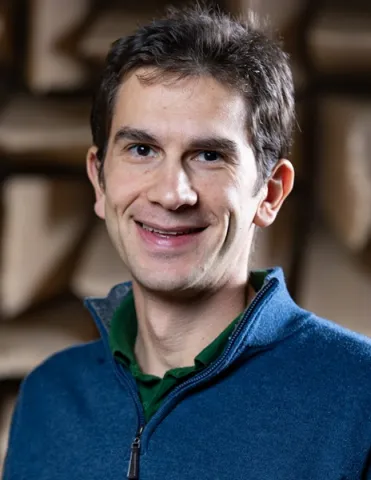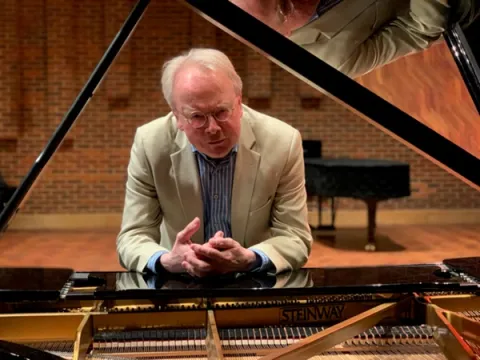Project overview
This research project aims to digitally reconstruct and simulate the acoustic behaviour of early British pianos through advanced sound synthesis, using physical modelling. By developing an interactive user interface, we will enable public engagement with ancient keyboard instruments that are no longer playable.
We will investigate the excitation mechanisms of strings in early keyboard instruments to evaluate the applicability of existing nonlinear models of hammer-string interaction. Experimental measurements will be conducted to capture string vibrations across multiple directions. Additionally, the dynamic response of the soundboard will be characterised to inform coupled models.
Fully coupled models involving hammer, string, and soundboard dynamics will be implemented. Classical acoustic radiation theory will subsequently be applied to compute the resulting sound pressure fields.
Prototyping will be carried out using programming environments such as MATLAB for rapid development and analysis. Real-time sound synthesis will be achieved via implementation in C++ to ensure performance efficiency and system responsiveness.
We will investigate the excitation mechanisms of strings in early keyboard instruments to evaluate the applicability of existing nonlinear models of hammer-string interaction. Experimental measurements will be conducted to capture string vibrations across multiple directions. Additionally, the dynamic response of the soundboard will be characterised to inform coupled models.
Fully coupled models involving hammer, string, and soundboard dynamics will be implemented. Classical acoustic radiation theory will subsequently be applied to compute the resulting sound pressure fields.
Prototyping will be carried out using programming environments such as MATLAB for rapid development and analysis. Real-time sound synthesis will be achieved via implementation in C++ to ensure performance efficiency and system responsiveness.

